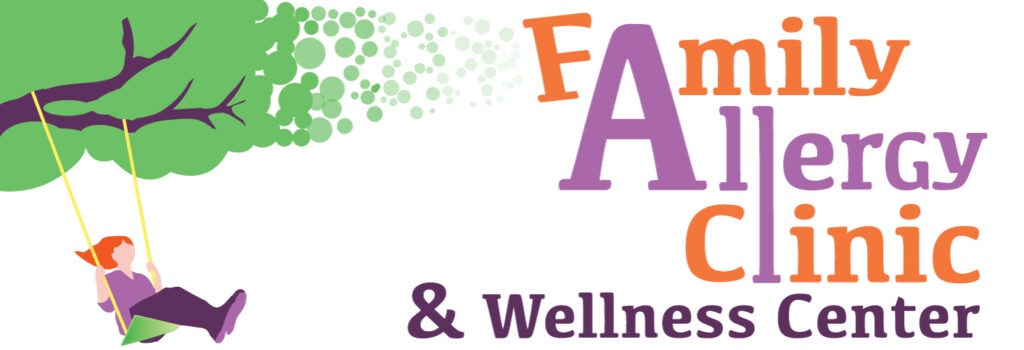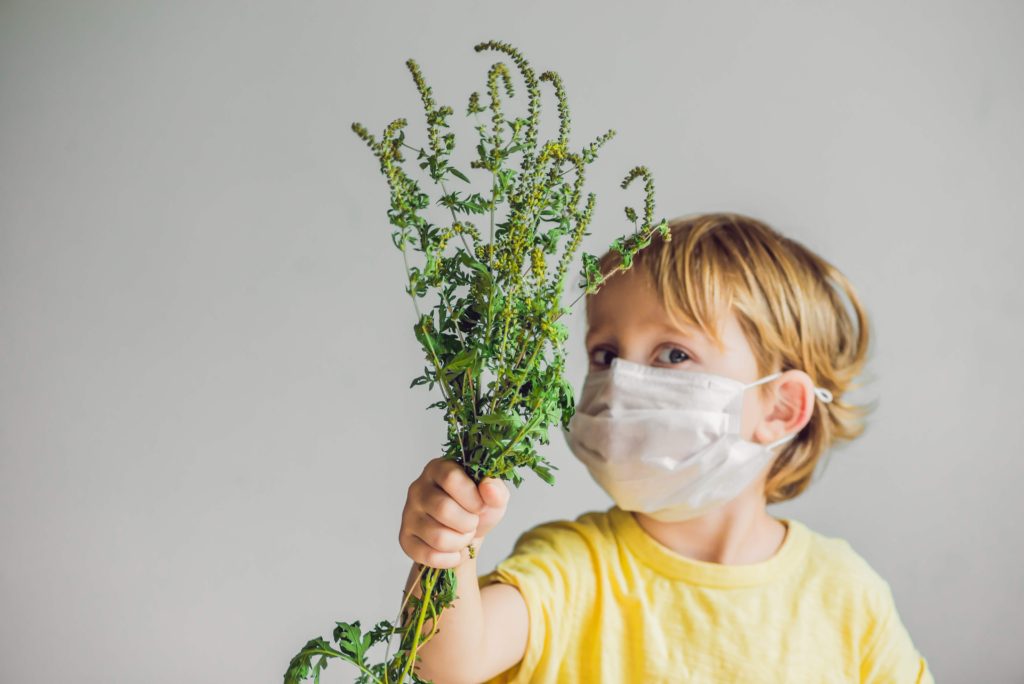Do you get a runny or stuffy nose, itchy, red eyes, an itchy throat, headaches, or sneezing episodes every fall? If so, you may be allergic to ragweed. People with asthma often have aggravated symptoms during ragweed pollen season. These symptoms include increased wheezing and coughing.
Pollen from ragweed usually peaks in mid-September, but often causes symptoms beginning in the summer, and can last through late fall. There are 17 species of ragweed in the United States, and the pollen can travel up to 100 miles in the wind, making it difficult to avoid. All varieties of ragweed in the U.S. are classified as severe allergens according to www.pollenlibrary.com. Allergy testing for ragweed and other seasonal allergens can be easily done with a skin test or a blood test. If your allergy test is positive for ragweed, there are several things you can do to help decrease your exposure.
If you are affected by ragweed pollen:
- Know the pollen counts in your area. Avoid being outside when the pollen counts peak.
- Keep the windows in your home and in your car closed at all times.
- If you have been outside, shower before going to bed and wash your hands after petting animals that have been outside. Clothes, shoes, hair, and pets can all track pollen into your home.
Treatment for ragweed allergies include:
- Over the counter antihistamines, such as cetirizine, loratadine, fexofenadine, or levocetirizine
- Nasal sprays
- Allergen immunotherapy, which can be given via sublingual drops or tablets, or allergy shots


